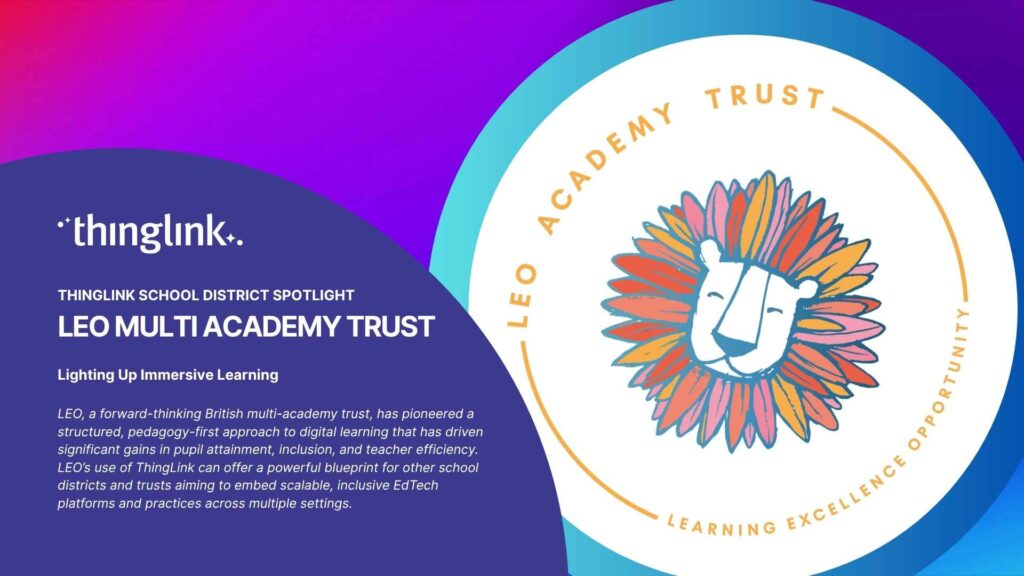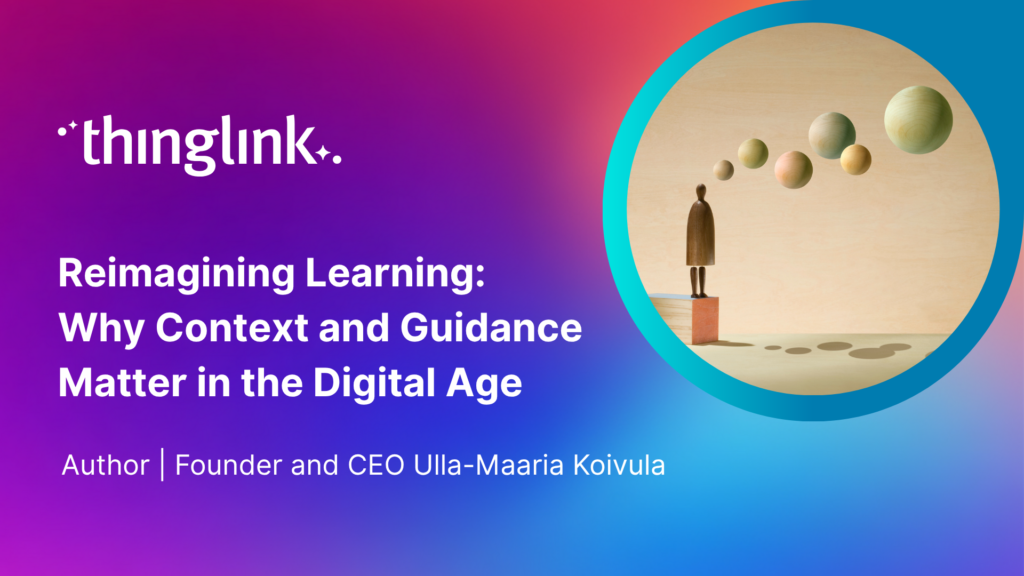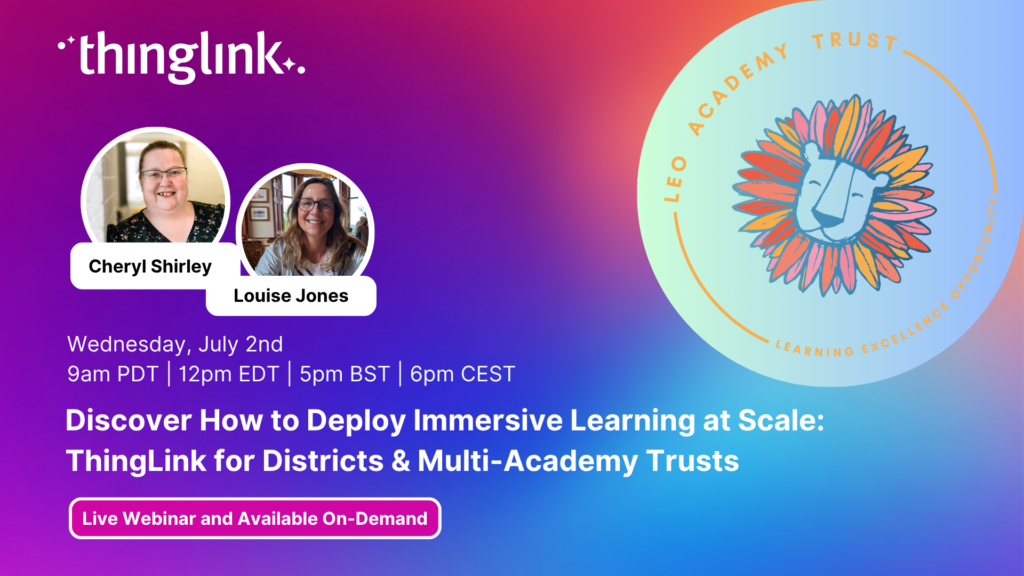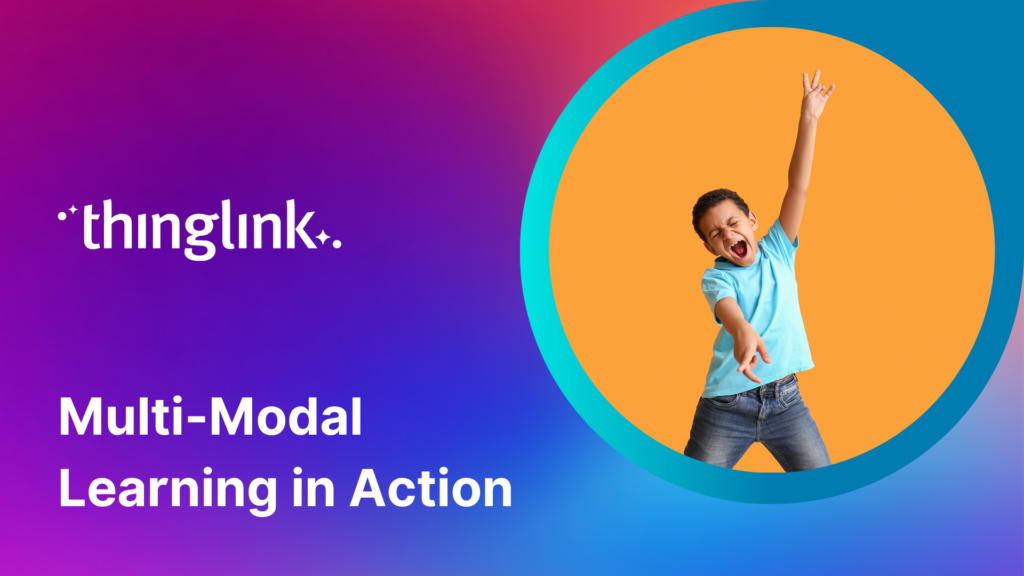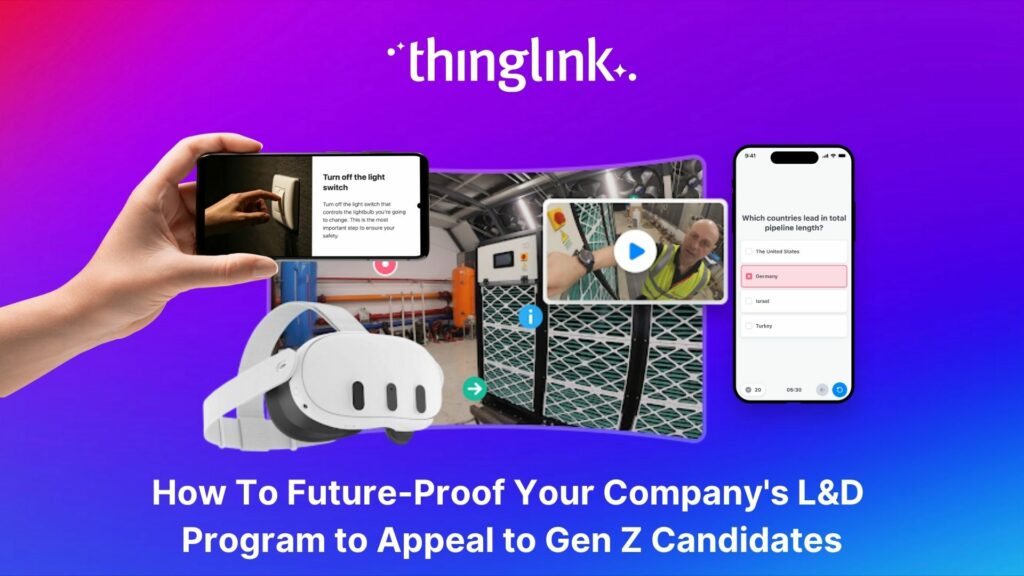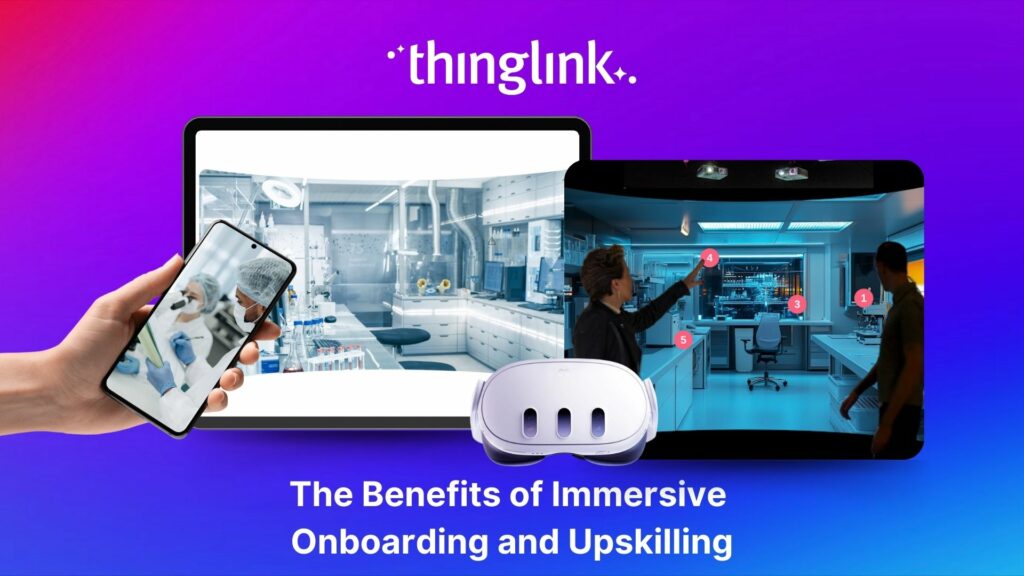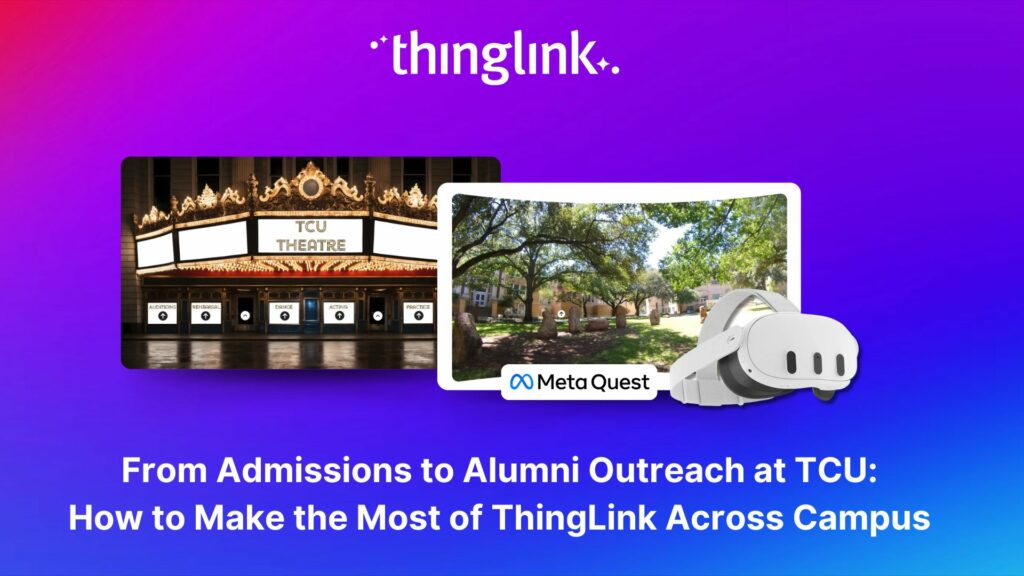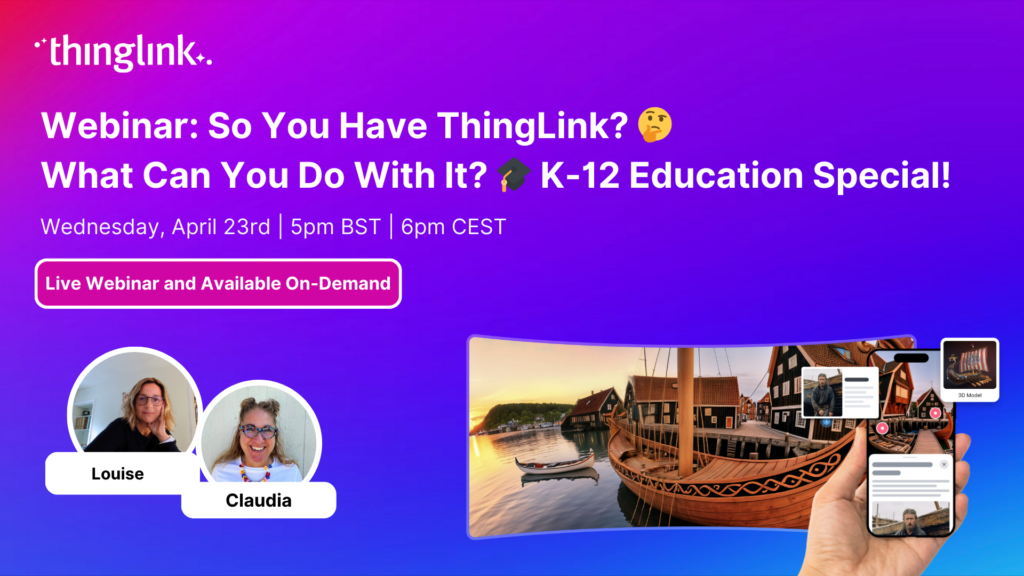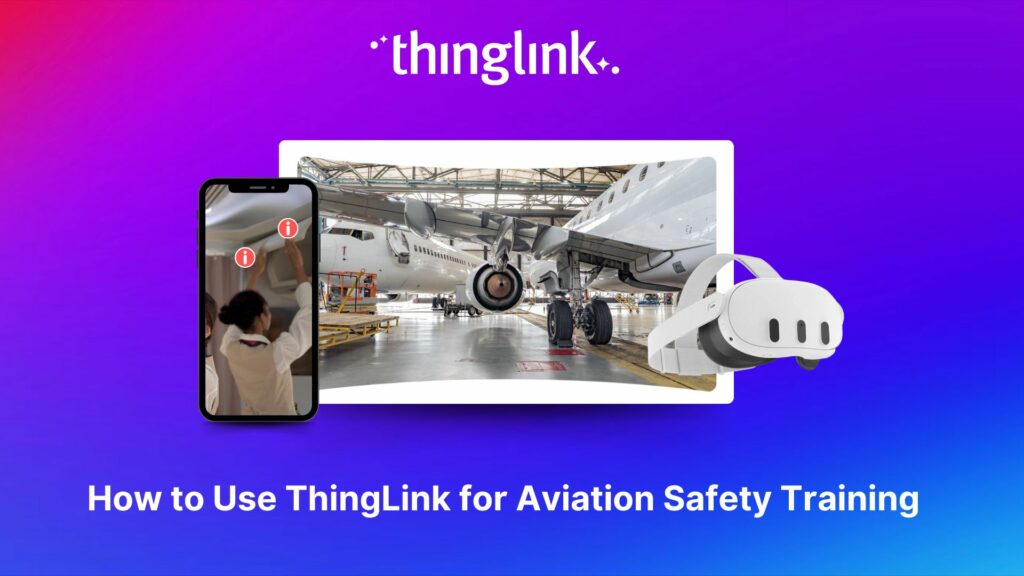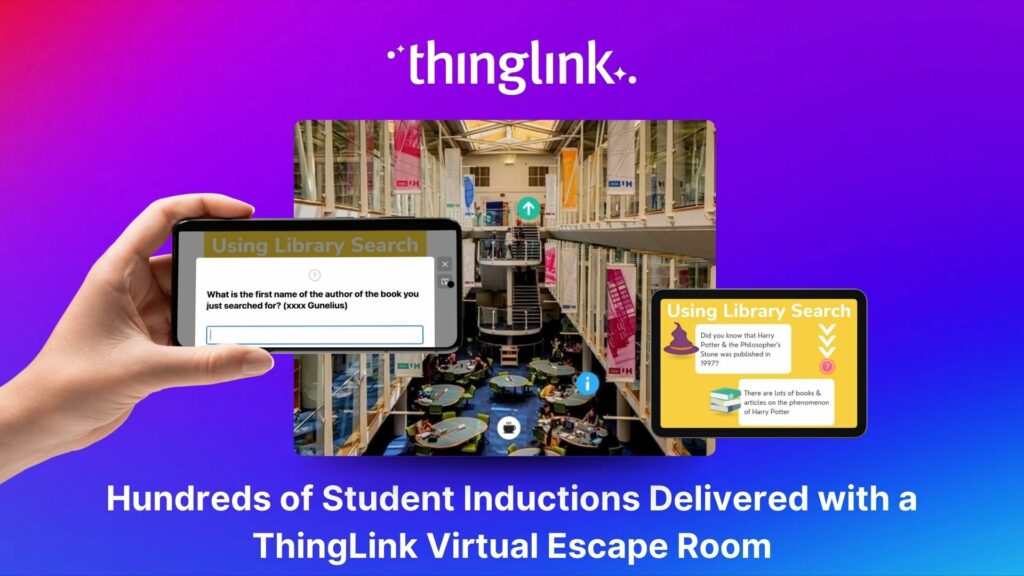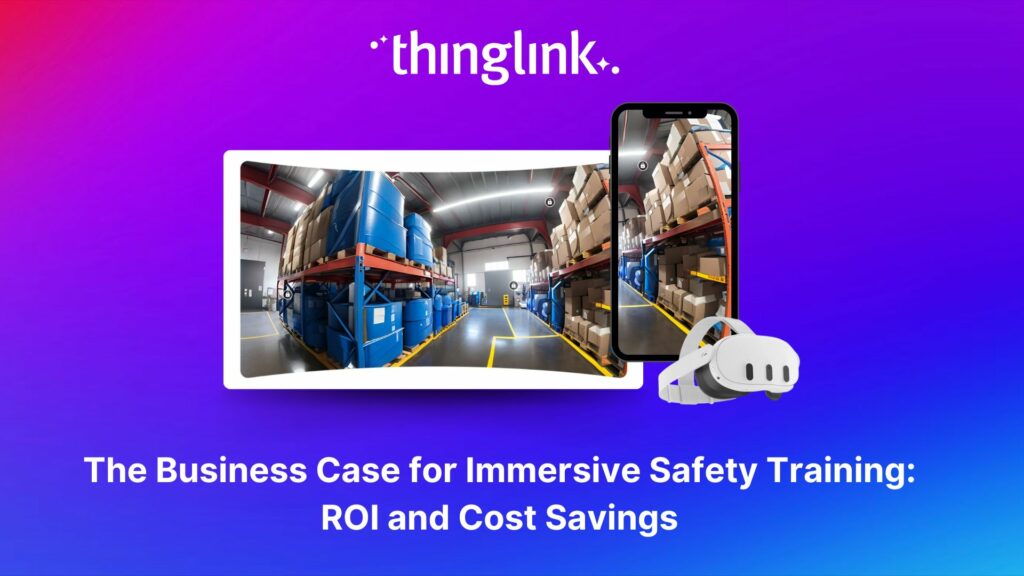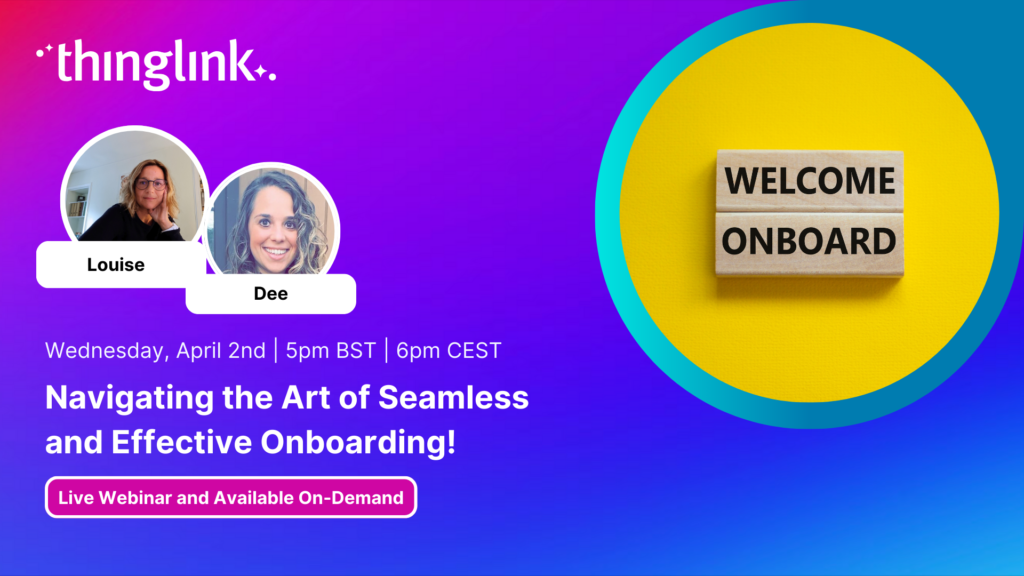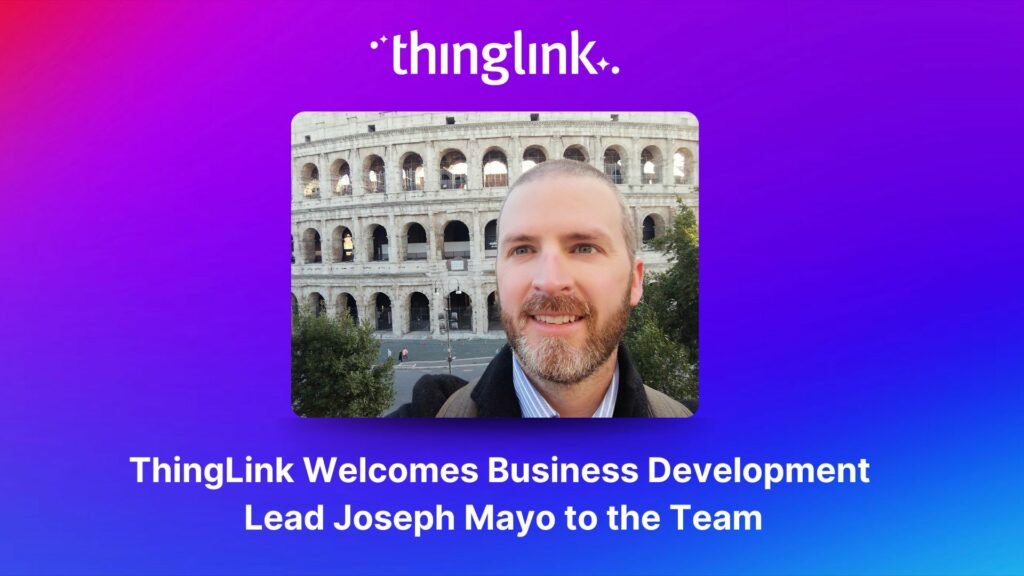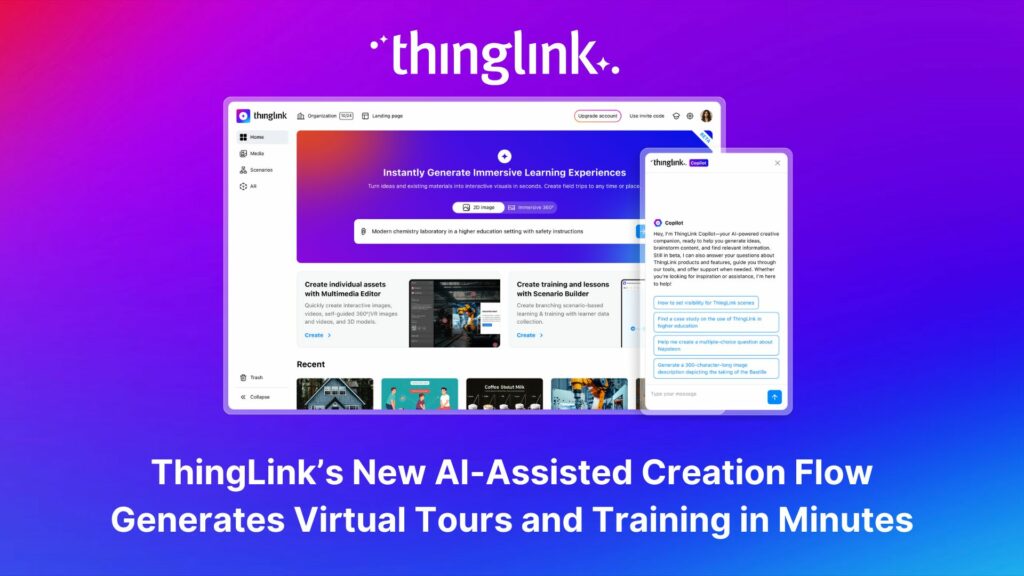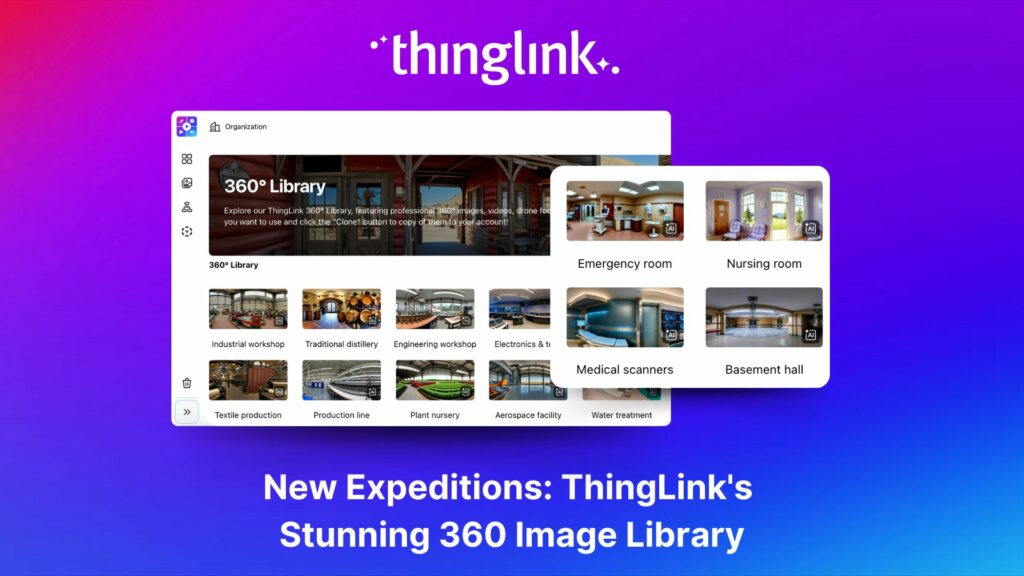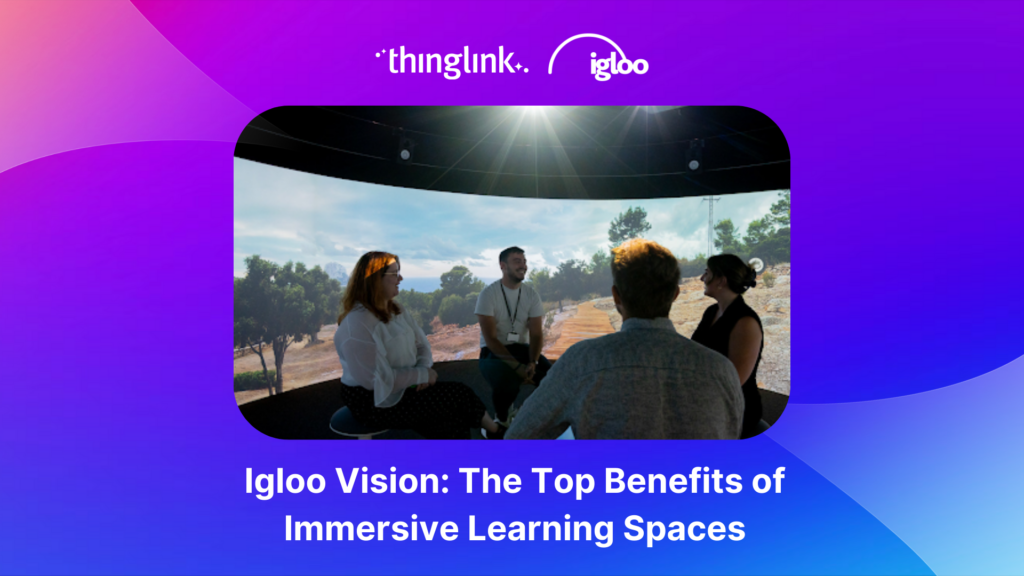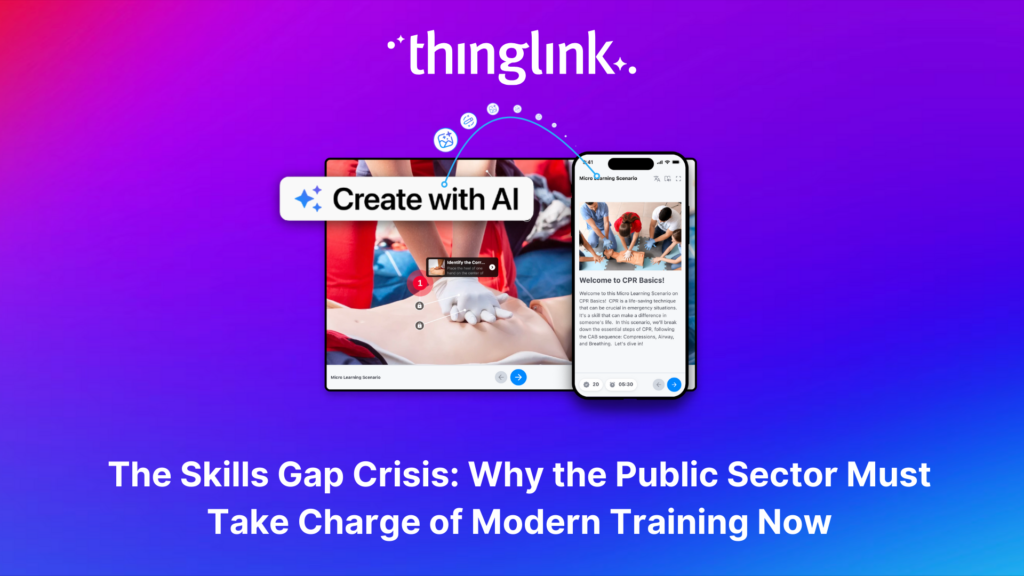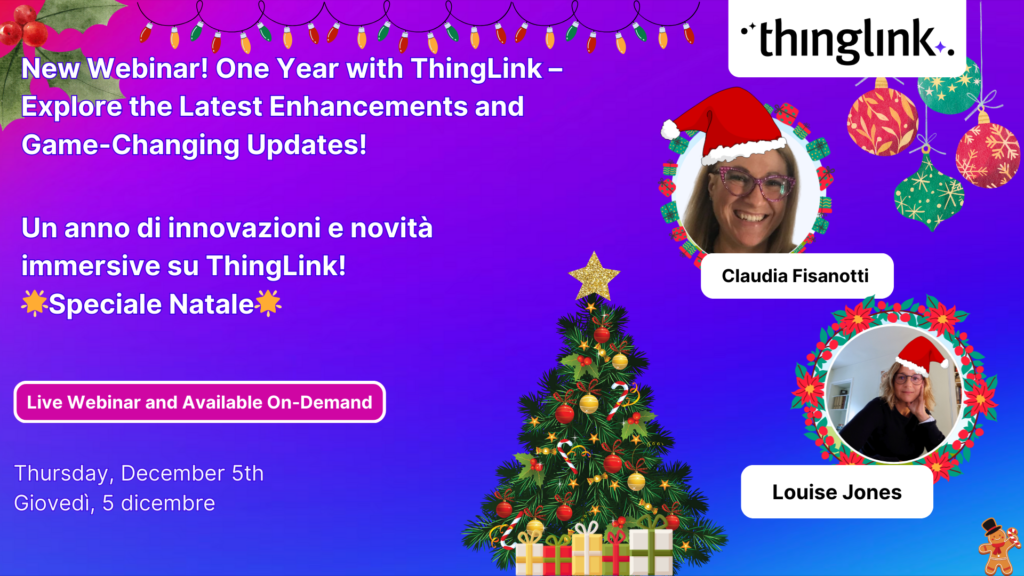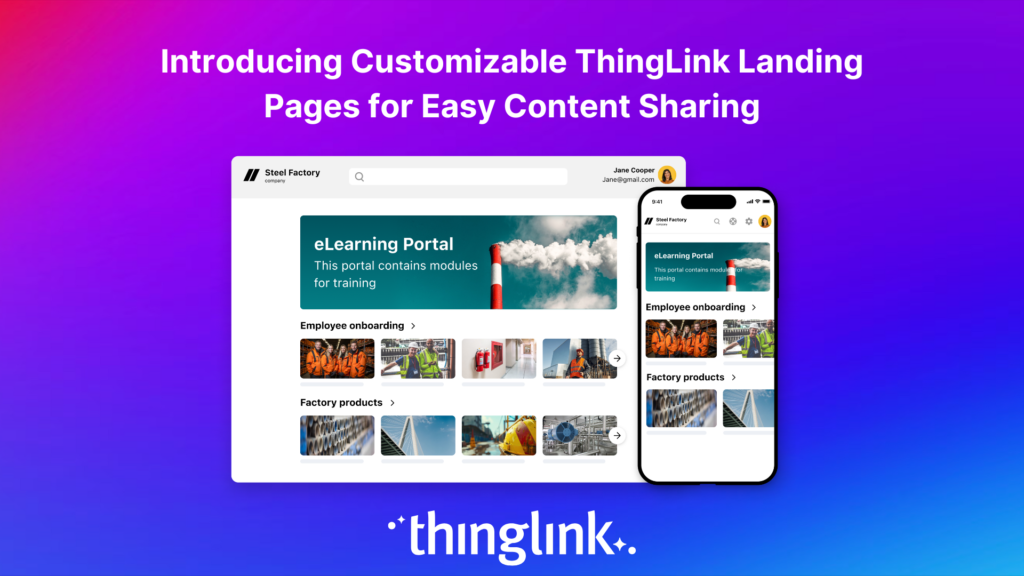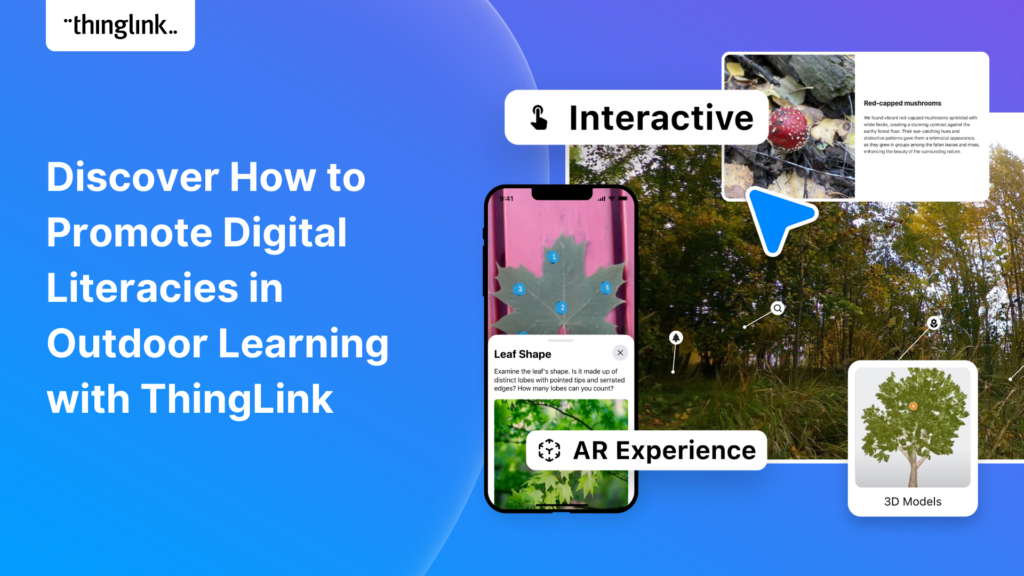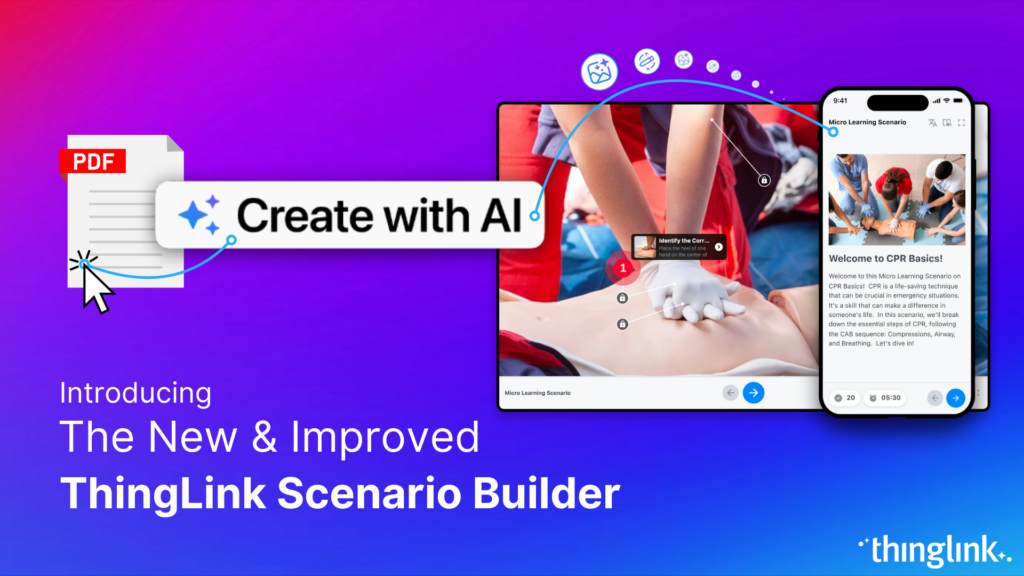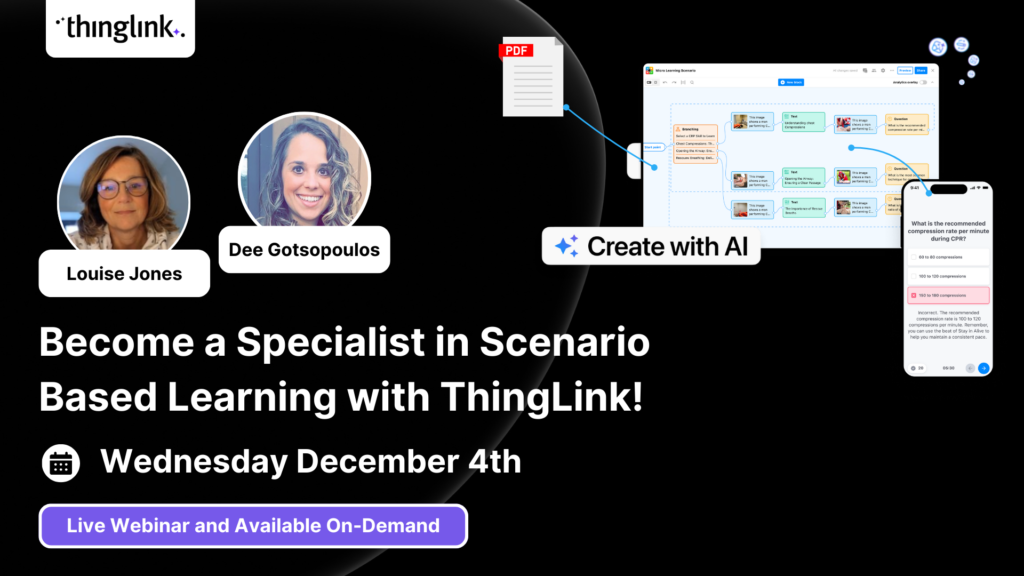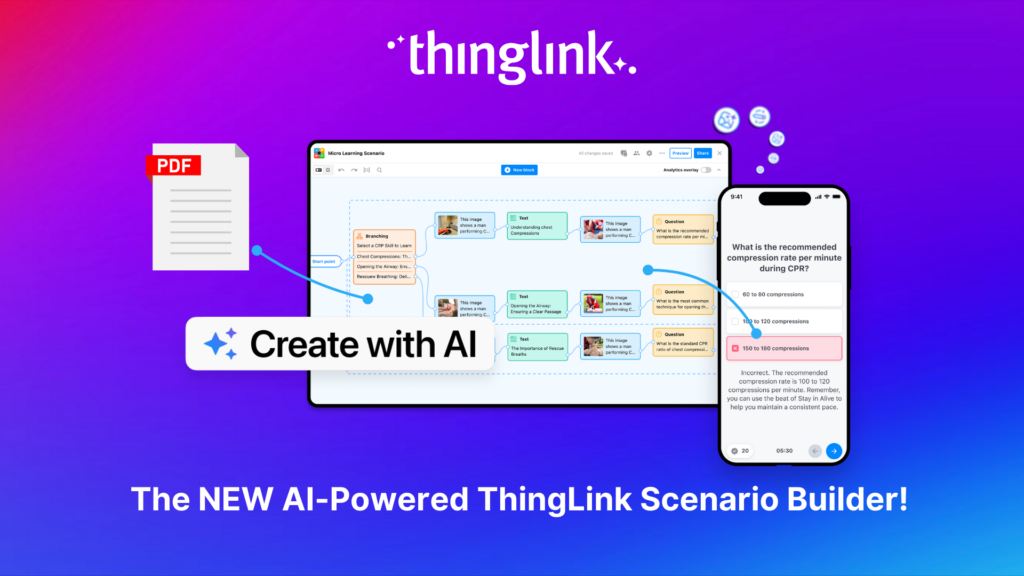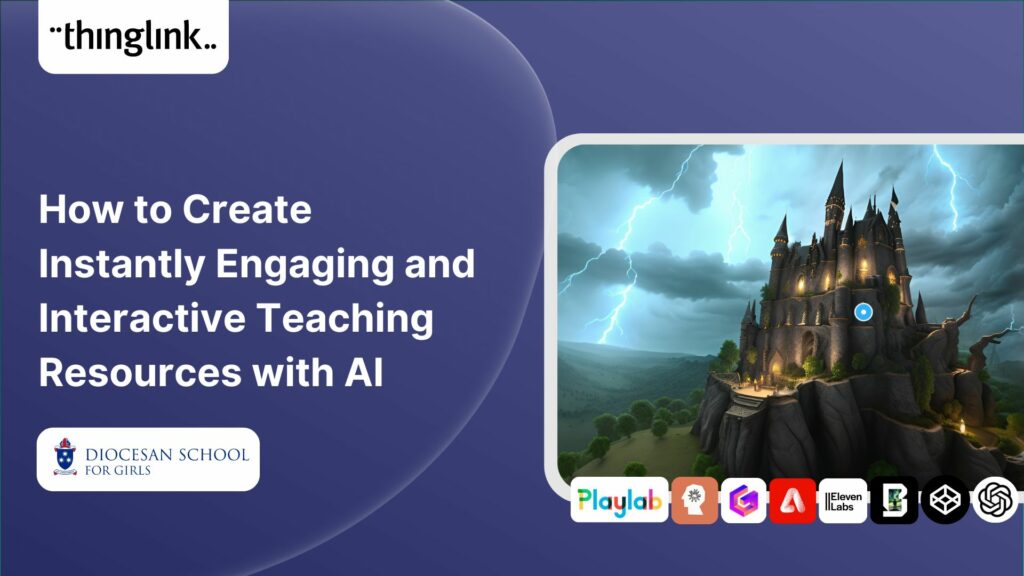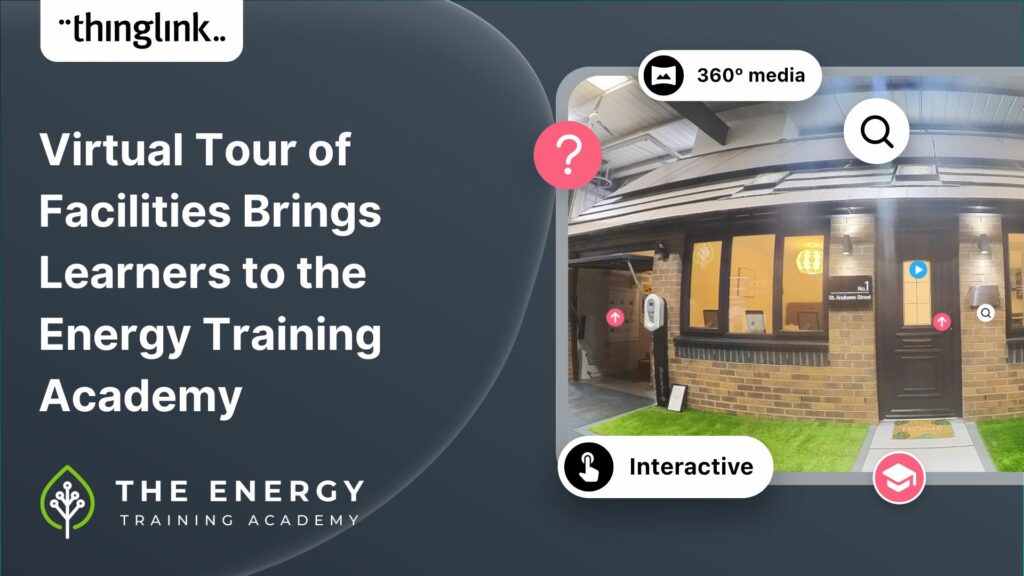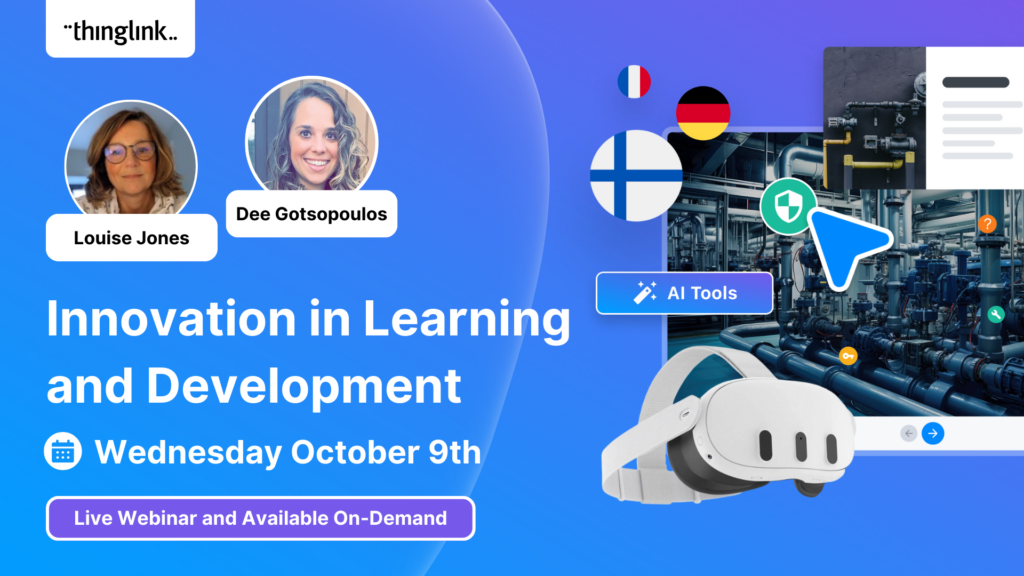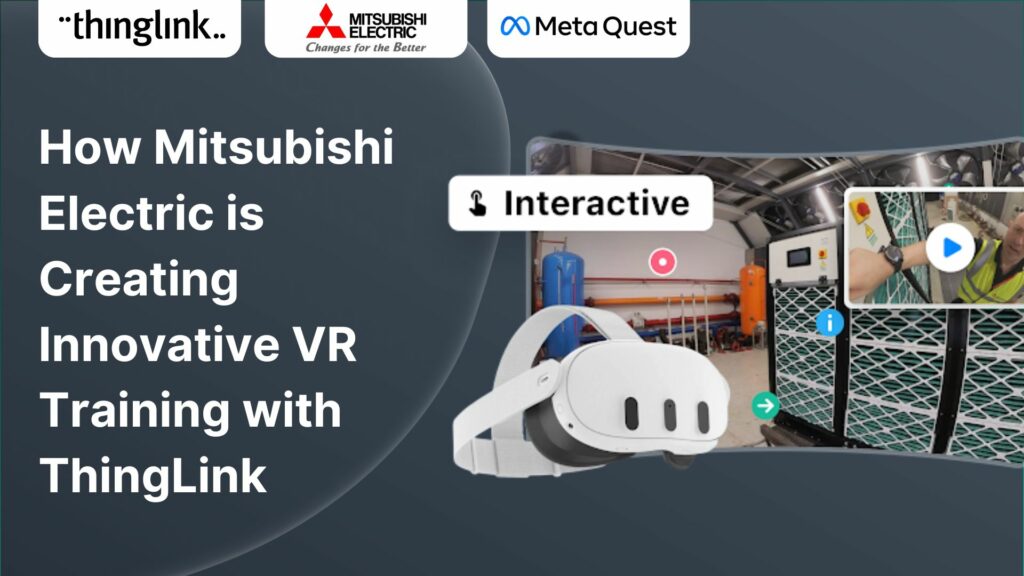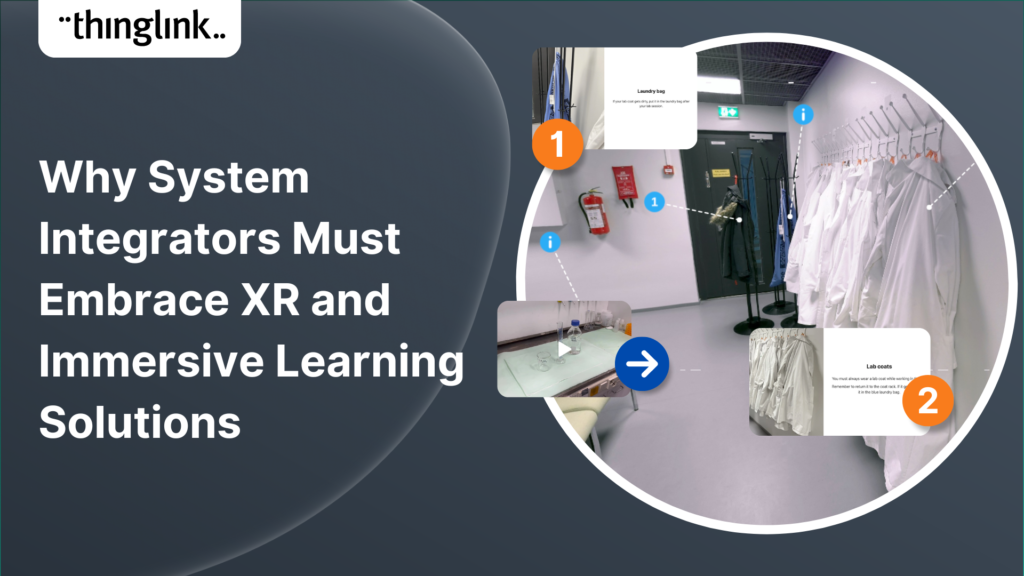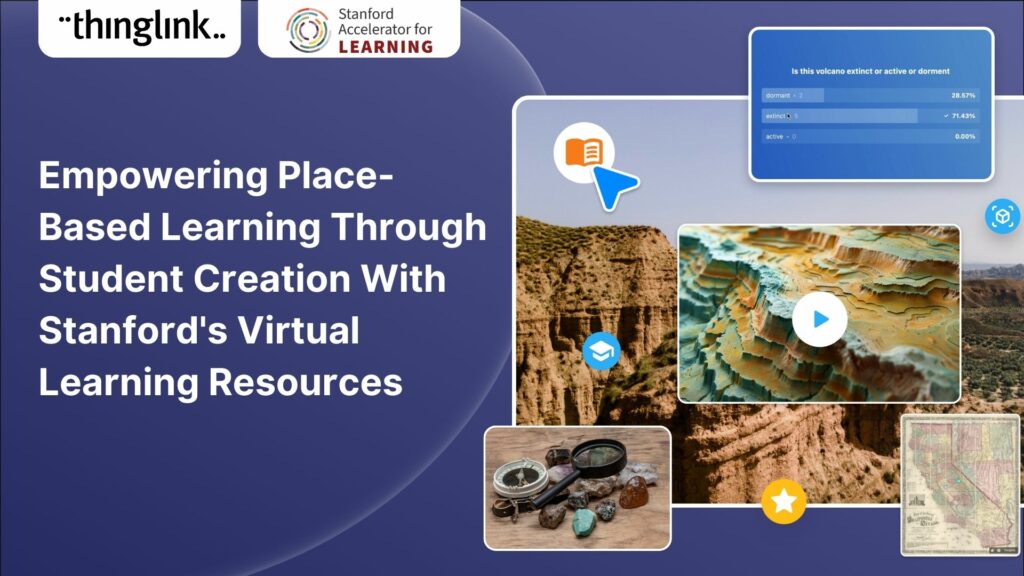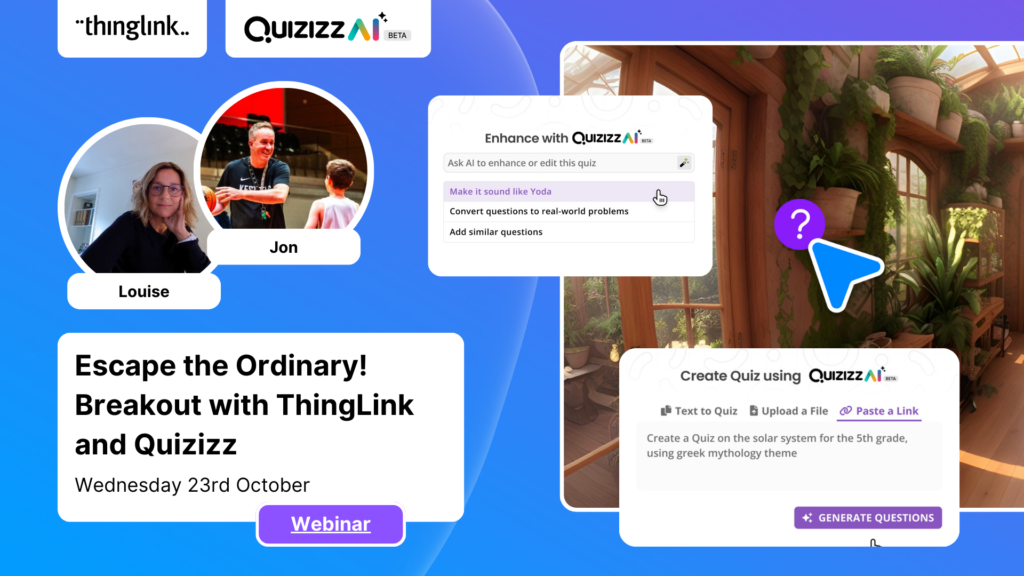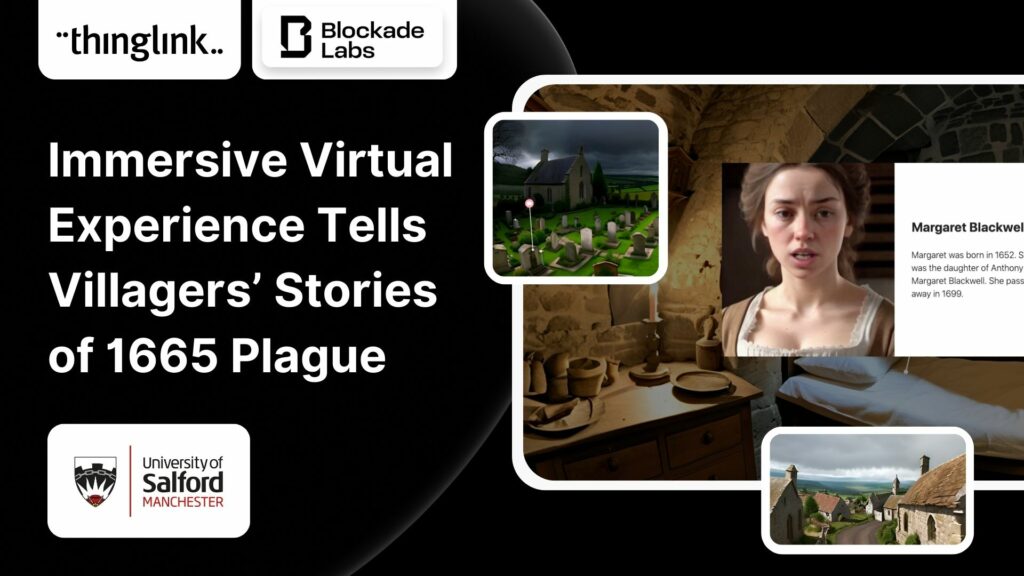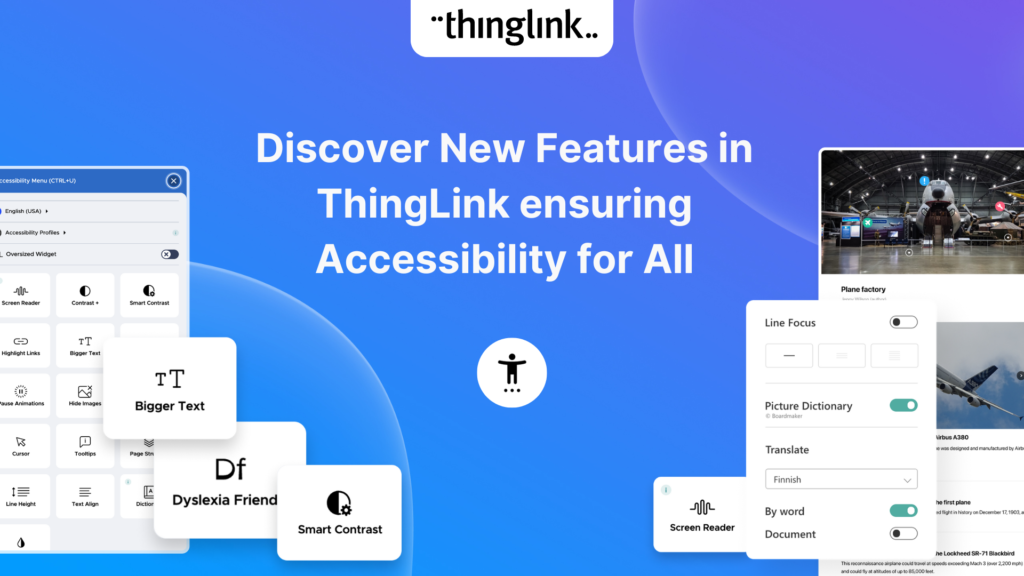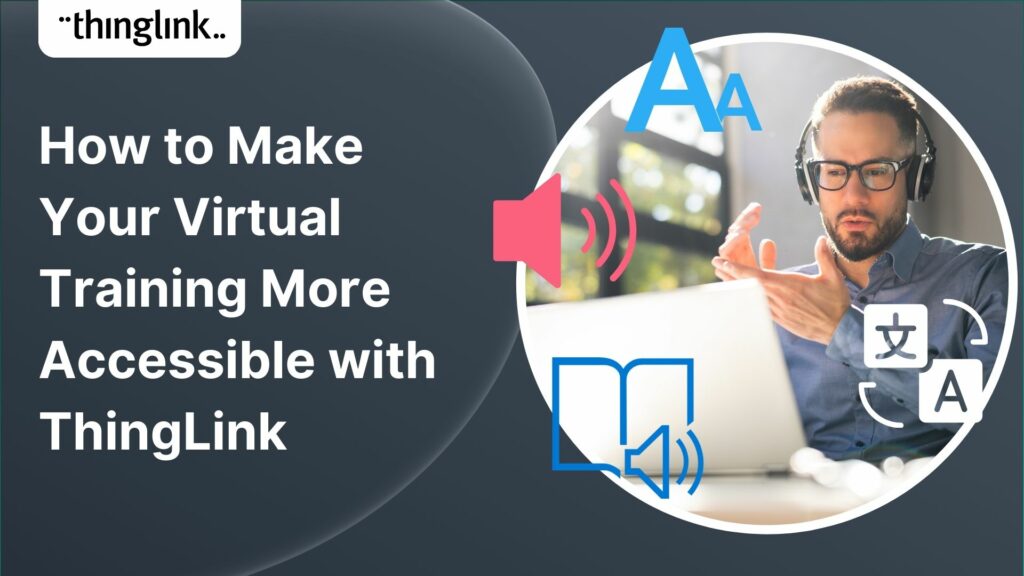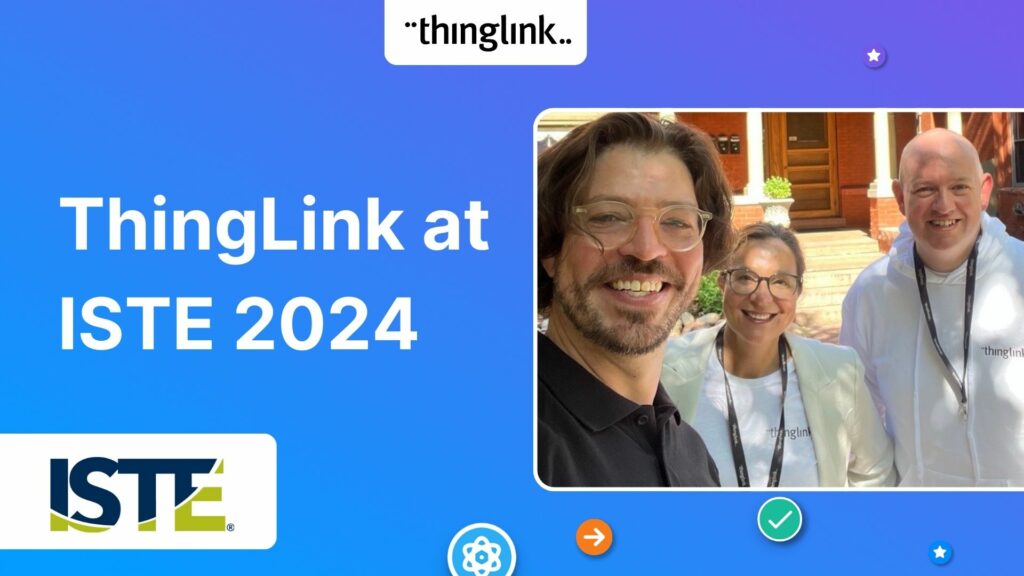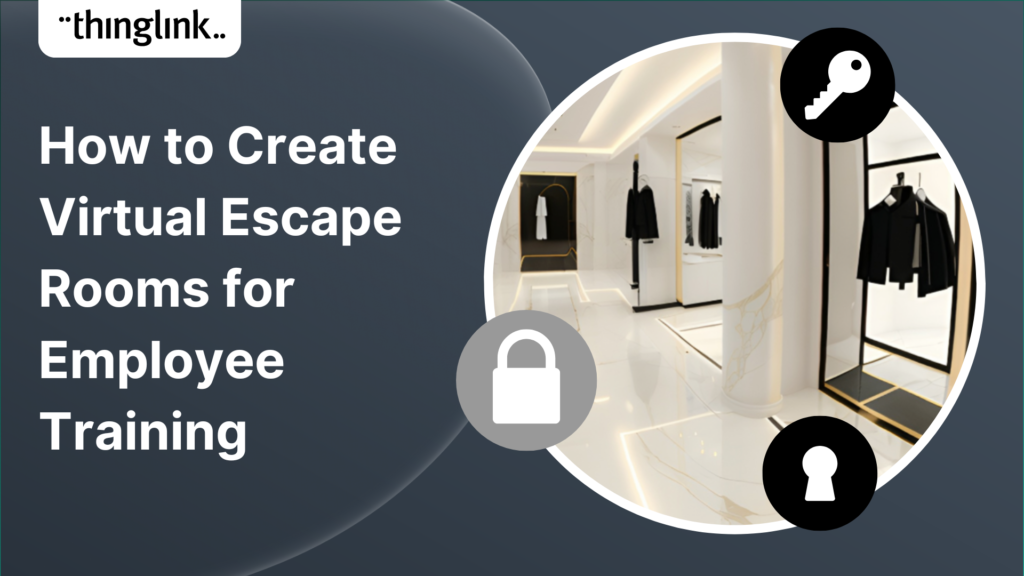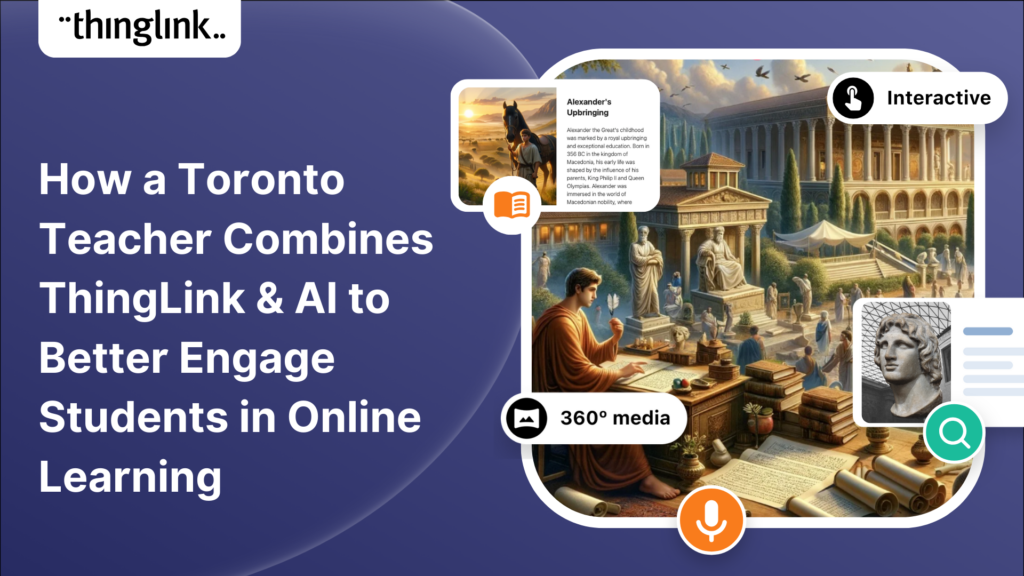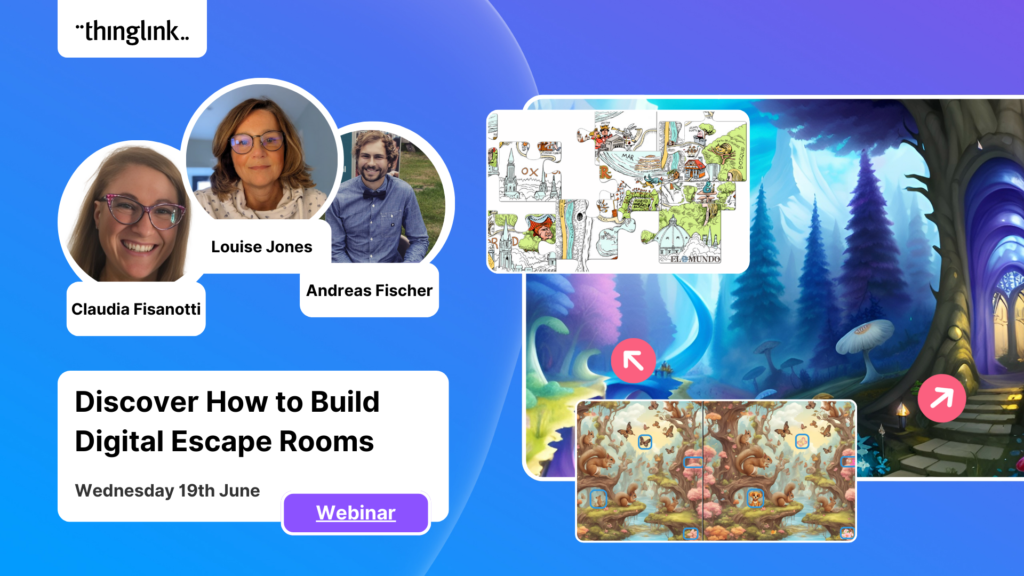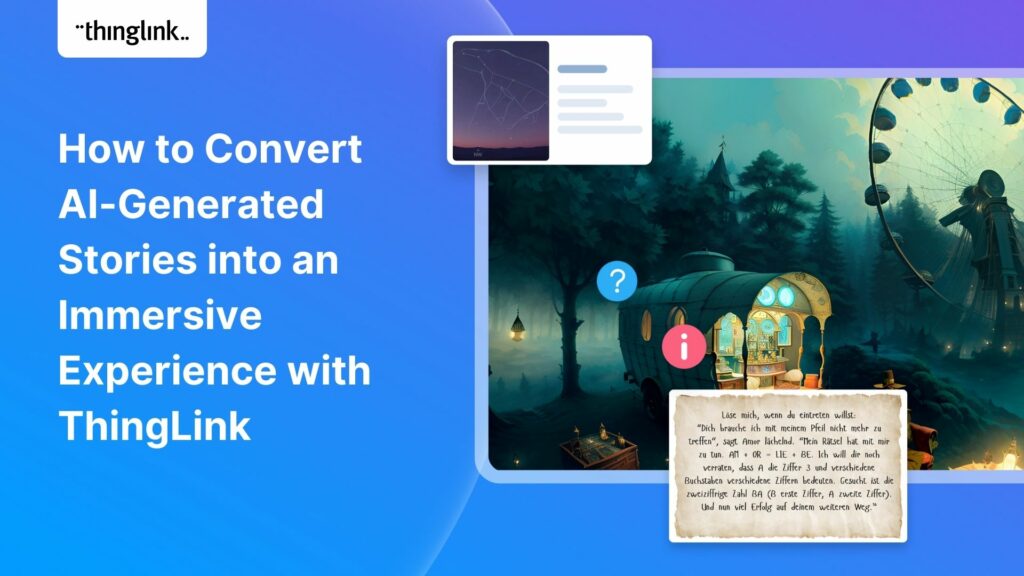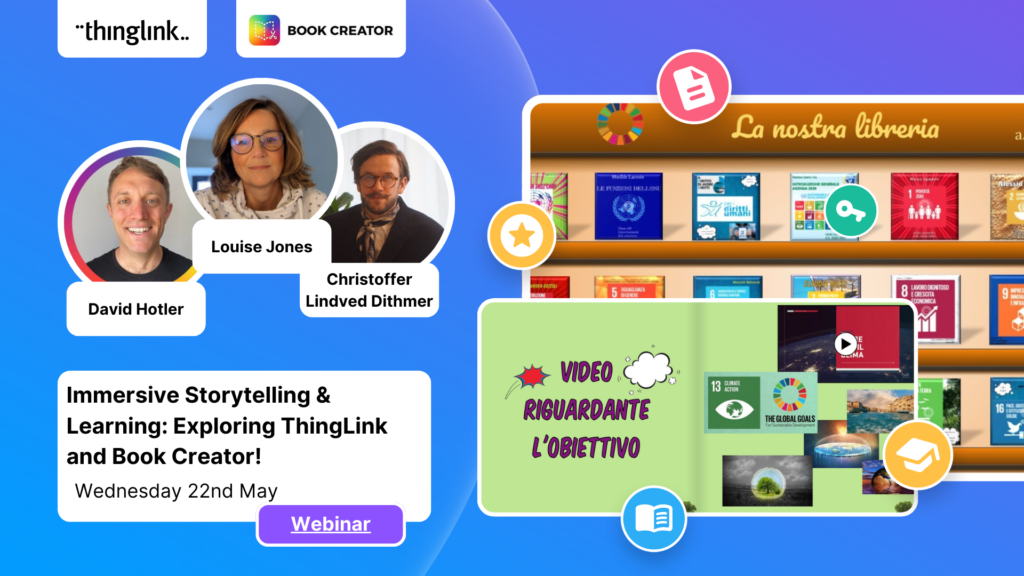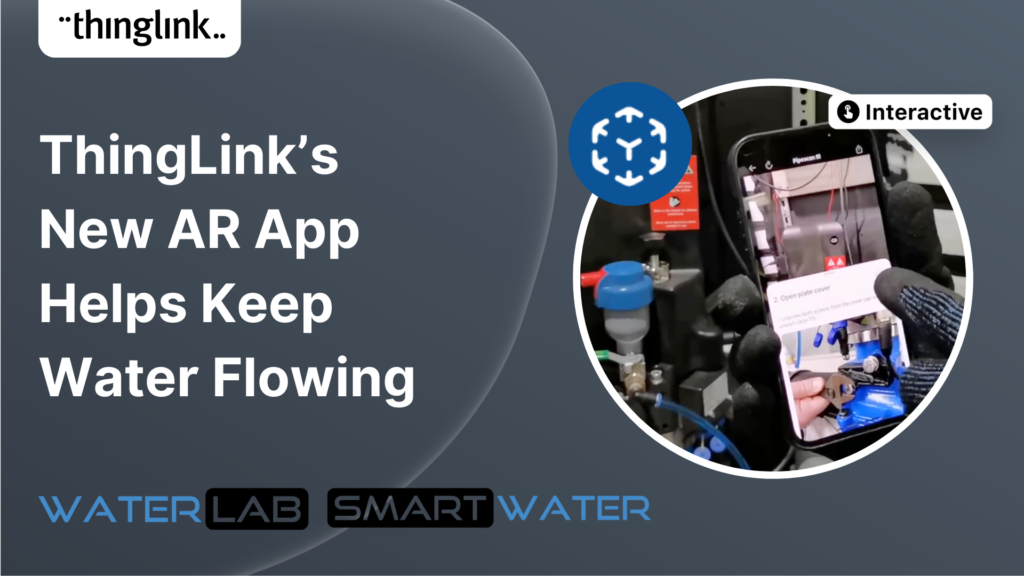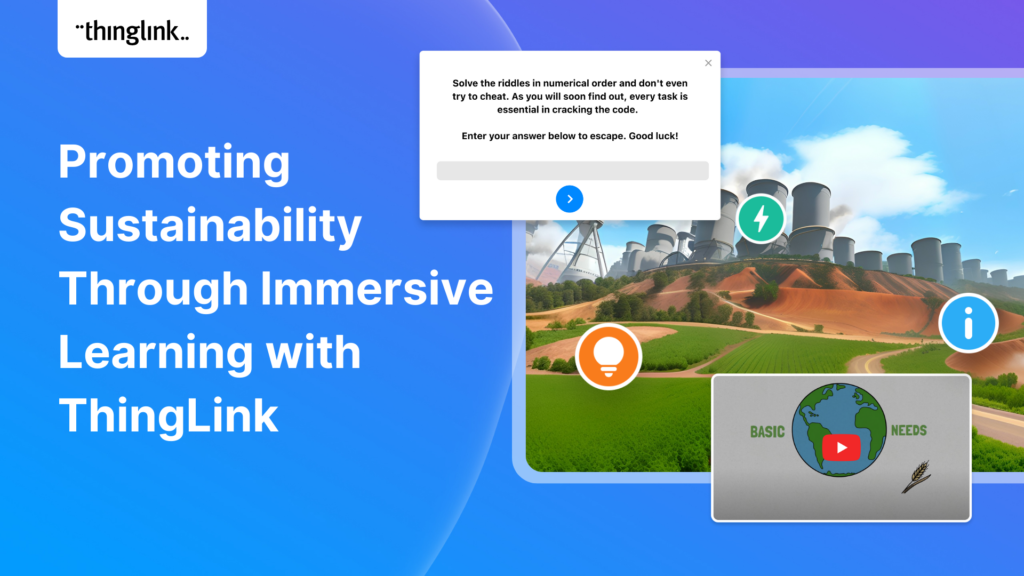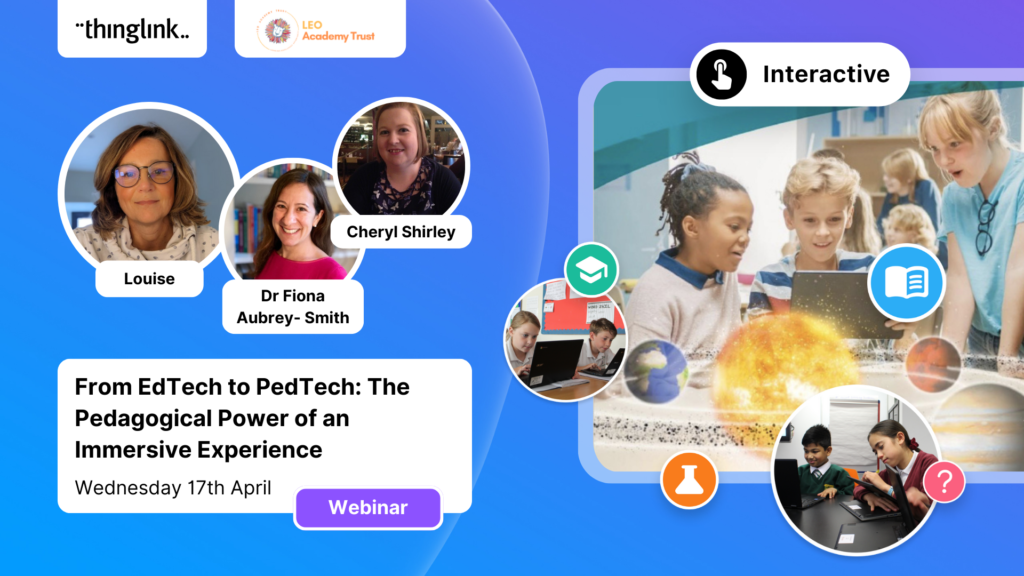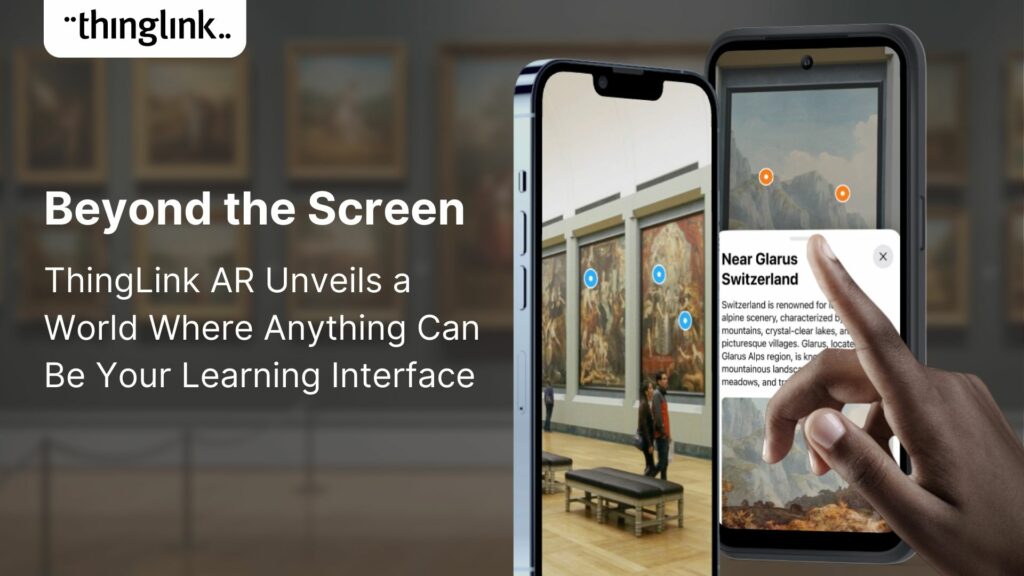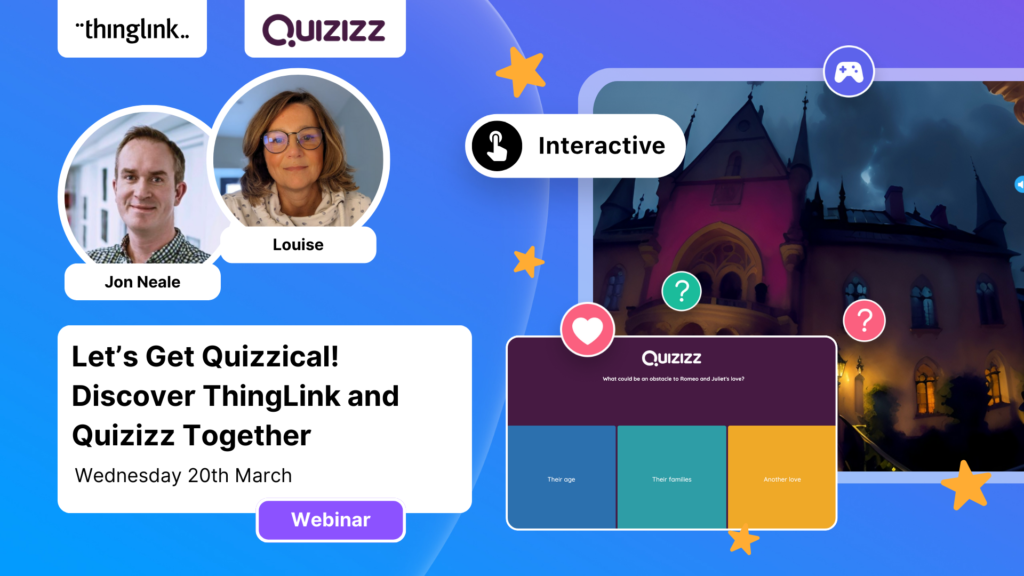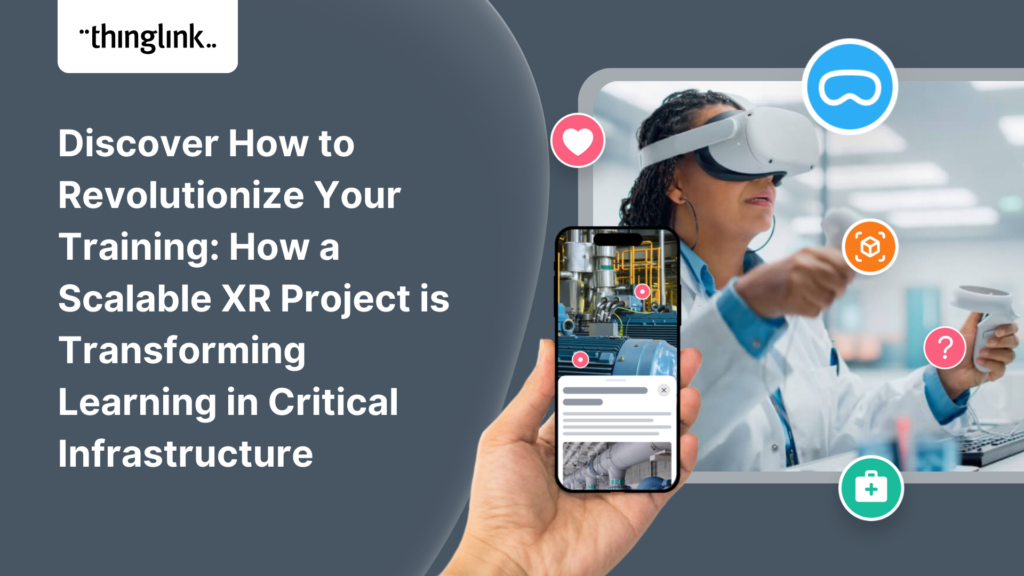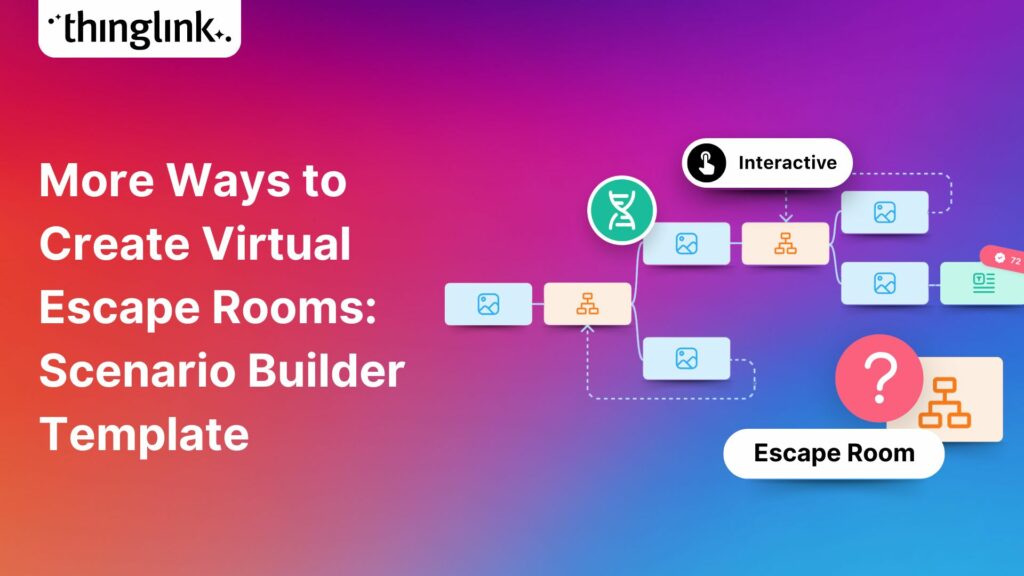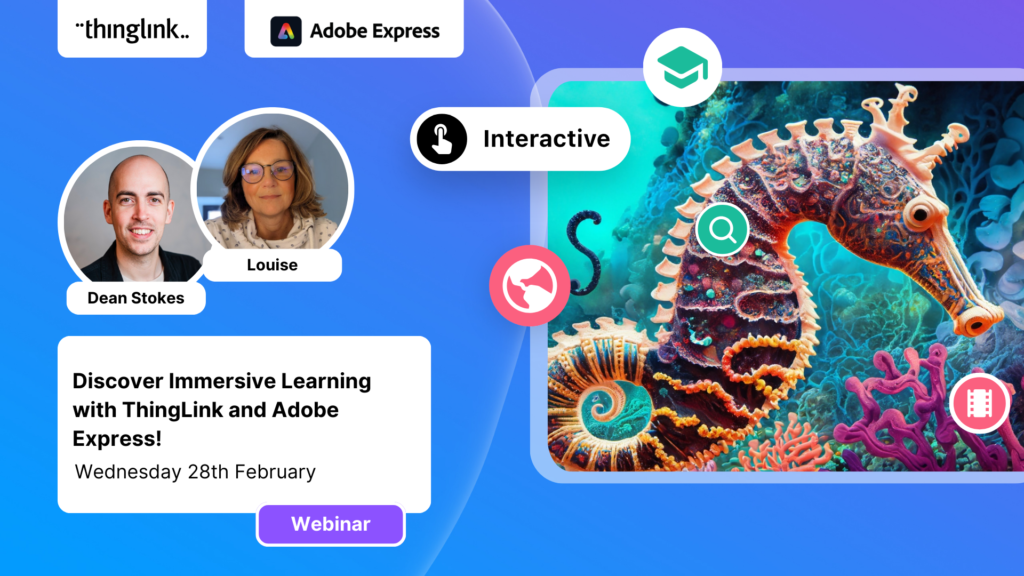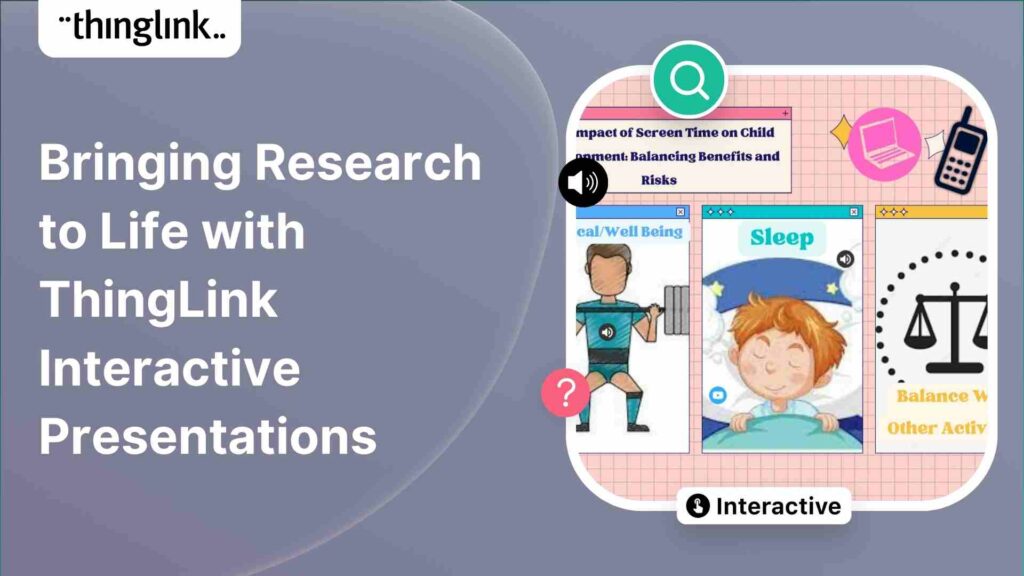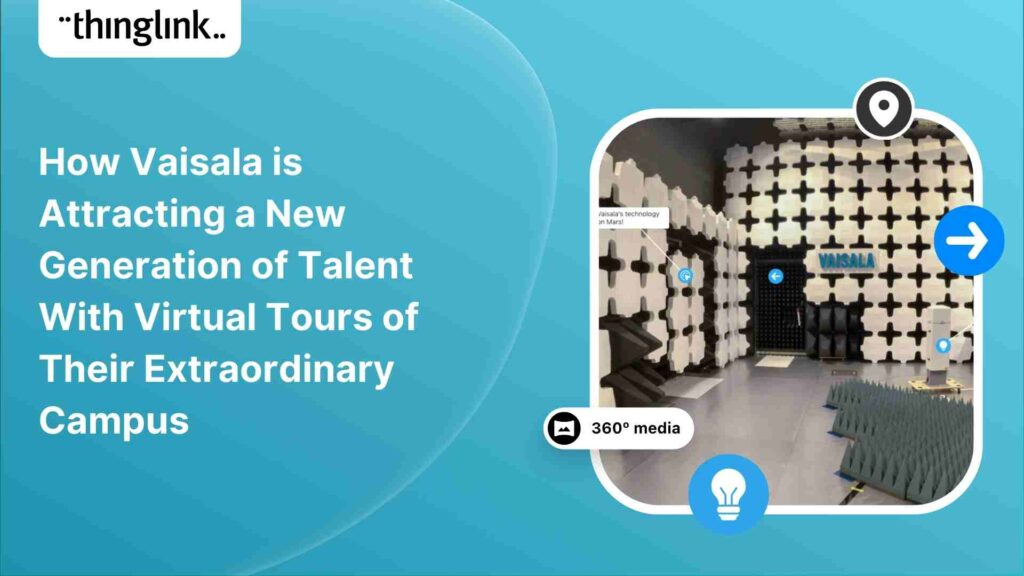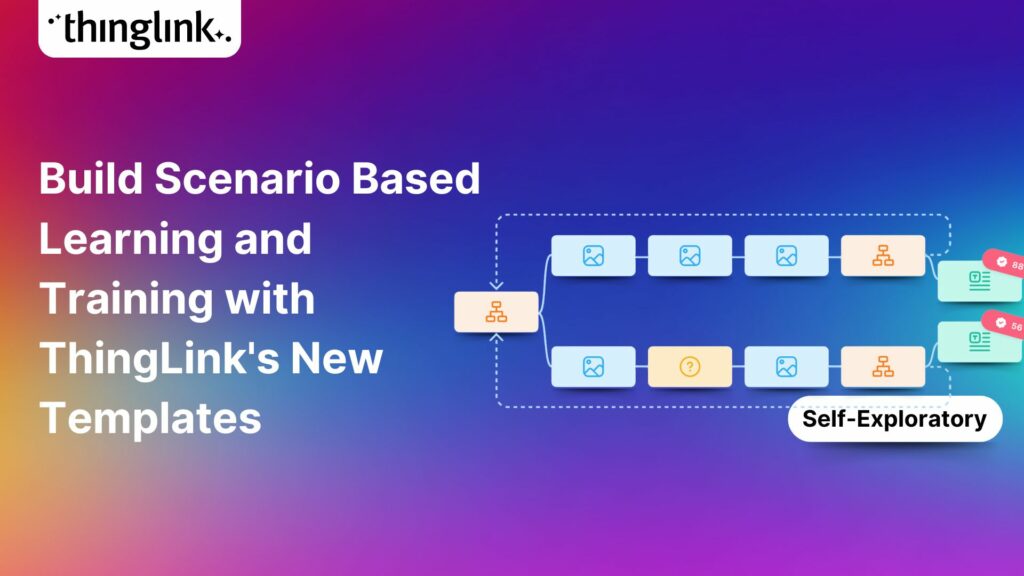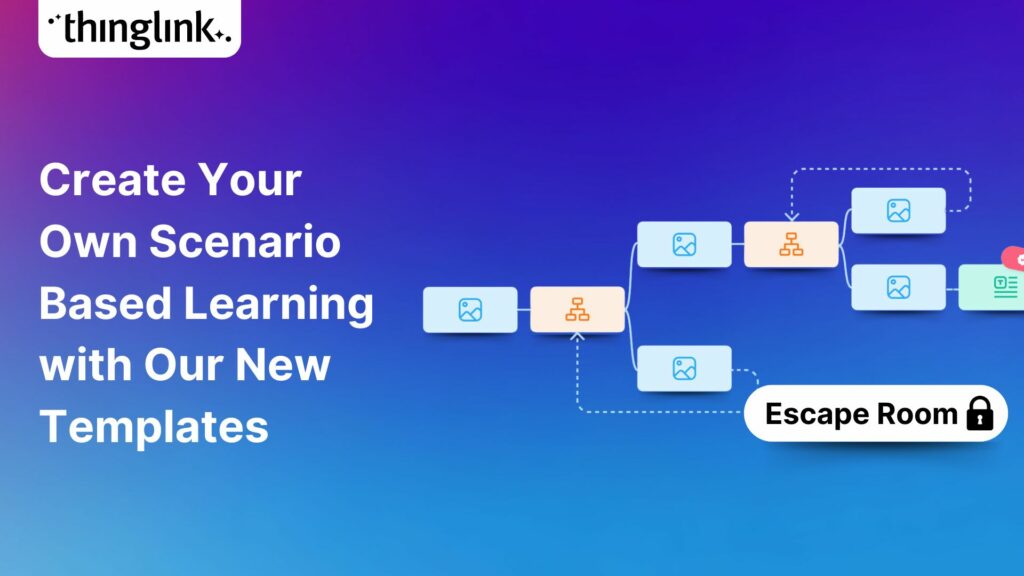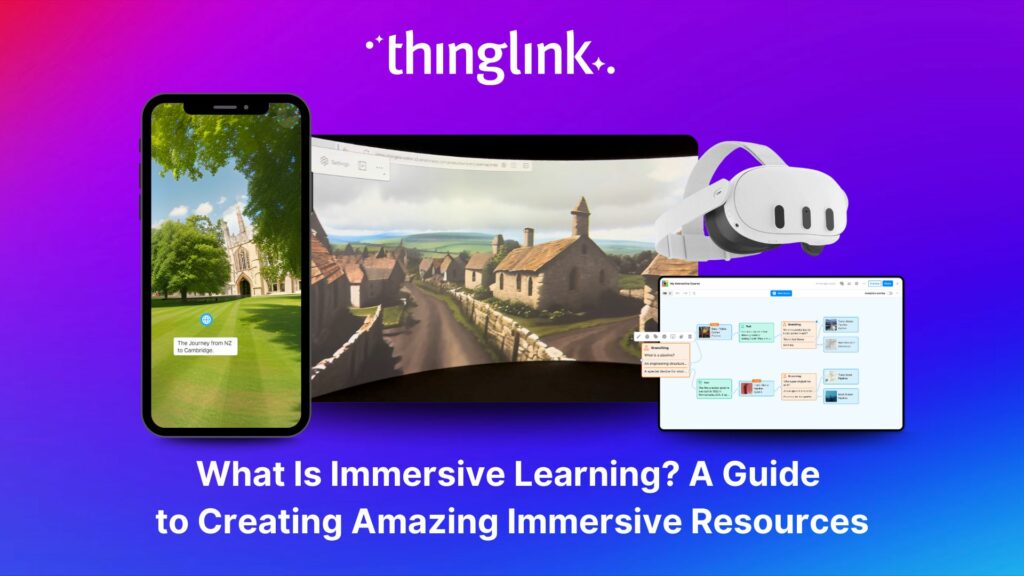
What Is Immersive Learning? A Guide to Creating Amazing Immersive Resources
What is Immersive Learning?
Immersive learning is a modern approach to education and training that aims to create a fully-engaging and experiential environment for learners. It’s a learning strategy that immerses learners in virtual learning environments or scenarios, allowing them to experience real-life situations and challenges in a controlled setting. This methodology has become increasingly popular in recent years, as it has been shown to improve knowledge retention, learner engagement, and overall learning outcomes.
With virtual reality technology becoming more accessible, and immersive experiences becoming popular as visitor attractions, immersive learning is set to become much more commonplace, and an even more important tool for anyone who is creating their own training or learning resources. In this blog, we look at some of the ways immersive learning is being used, as well as ways that anyone can easily create their own resources for immersive learning with no technical experience and at low cost.
Get started with immersive learning today
Create unique immersive experiences with a free ThingLink trial
Examples of immersive learning experiences
There are different types and levels of immersive learning which use a range of technologies to aid the learning process.
Immersive learning can often include elements of extended reality (XR) technology. This term generally covers any technology which mixes the real world with virtual worlds. When used as learning tools, it generally refers to:
- Fully immersive experiences using virtual reality VR headsets.
- Augmented Reality (AR) experiences – where computer-generated images or other visuals(eg text) are added as overlays to on the user’s view of their real world environment, creating a new “composite environment”.
However immersive learning also includes technology which can be used simultaneously by groups of learners, in shared immersive spaces. Large format “edu-tainment” experiences using this type of visual and audio media are becoming increasingly common. The BBC Earth Experience in London, described as “a 360-degree audio visual journey” is one example of immersive media which uses large format screens and audio to create an experience that surrounds the viewers. Similar to this are the immersive experiences within the hugely popular Van Gogh Immersive Experiences which feature two-story projections of the artist’s greatest works.
Immersive learning also refers to fully interactive experiences which can be shared with learners on any device, using 360 images or videos which can be explored as a tour, expedition or other virtual experience. Often the immersive aspect is created by placing the learner into a scenario, where the outcome of the experience depends on the series of choices that they make.
Benefits of immersive learning
The reason immersive training and learning has gained so much ground over more traditional learning methods is its ability to place learners in real-life situations where they can apply knowledge, training, technical and/or soft skills in a realistic but safe setting. This has two main benefits.
- Allowing the learner to practice skills training using this type of experiential learning has been shown to promote deeper engagement with content, improved knowledge retention, faster skill acquisition and better problem-solving skills.
The evidence: In this paper, How effective is training using VR and AR?, we summarise the compelling evidence recently compiled by PWC to show just how effective VR training can be.
- By creating a virtual environment where learners can experiment, make mistakes and learn from them, educators can be confident that learners are ready to tackle the real-life situations in a way that is safer for them, for other people and for valuable and potentially dangerous equipment. For this reason, immersive learning methods are increasingly being used by organisations where safety is a high priority. These include the military, emergency services and medical environments.
Challenges of implementing immersive learning
Until recently, immersive learning technologies have been prohibitively expensive, technically difficult to build or code and therefore out of reach for many SMEs and other organisations.
Now, ThingLink is changing that with a new approach: Immersive learning made easy.
ThingLink is the fastest and easiest way to create virtual tours and simulations that work on any device, including tablets, mobile devices and shared immersive spaces. There is no coding or experience required to create ThingLink content and its simple to use drag and drop interface can be mastered in minutes.
Quickly create and link interactive images, videos, 360 media and 3D objects to create virtual trips, walk-throughs, simulations or digital twins.
How do you create interactive immersive learning resources?
One aspect which can often be missing in Immersive learning environments is interactivity. ThingLink is founded on the concept that we learn by active participation, interacting with our environment – and that this environment can be either a real one OR a virtual one, such as e-learning. Interactive learning is active rather than passive learning. This type of learning further encourages higher-order thinking skills such as problem solving and critical thinking.
In ThingLink, multimedia hotspots contain further text, images, video, audio, apps or external links. Learners can explore the subject matter in a number of ways – including free-form virtual tours, as scenario-based learning experiences, or even as AR Experiences that are easy to create, share, and viewable on any device.
360 image library
ThingLink have now made it even easier for you to create immersive 360 experiences with their free 360 image library of scenes and environments from around the world.
NEW! The easy way to create 360 images: Pano to 360
Creating virtual tours, exhibitions, escape rooms and other immersive content just got even easier! ThingLink has now launched Pano to 360 by ThingLink: an easy way to create a 360 photosphere from a panoramic image using any smartphone. For more information, including step-by-step instructions see this helpful support article.
Try the free Pano to 360 converter
The Pano to 360 photosphere converter is free to use for anyone, no ThingLink account required! Upload a panoramic image to see it in action.
Creating immersive learning experiences in VR with ThingLink
Although ThingLink content can be viewed anywhere, one of the most popular and effective ways to share ThingLink interactive 360 tours is using VR headsets. In this way, the interactive content feels even more immersive, and the user explores each scene and the hotspots within it at their own pace.
ThingLink VR learning content works with, amongst others, these popular headsets:
- ClassVR
- Oculus Go
- Meta Quest (also known as Oculus Quest) & Meta Quest 2
- Oculus Rift
- Samsung Gear VR
- HMD Odyssey (Windows Mixed Reality Headset)
You can read more at this article.
Shared Immersive Spaces from ThingLink and partners

Read more about shared immersive spaces from ThingLink and our partners here.
Immersive learning in the future
There is no doubt that the future of learning and instructional design will see a huge increase in immersive, interactive content and in learning experiences and training programs that take place in the metaverse. However with accessible, easy to use platforms like ThingLink, this is a world that can now be explored by any learner, anywhere.
Further reading
Here are some more use cases where educators and trainers have incorporated ThingLink into their learning programs to create immersive and interactive learning content for onboarding and CPD, creating real-world situations and scenarios for vocational students, and creating immersive safety training for employees.
Gradia creates immersive VR learning environments using role-play scenarios to train students in customer service
Three examples of virtual learning environments in the energy sector
This case study examines virtual escape room created in ThingLink: a great example of how gamification can be used in healthcare learning and training, with a real-time virtual emergency room challenge created by university medical learning specialists to let medical students practice both their professional skill development and their teamwork, in a safe environment.
Meet a product expert
If you’d like to learn more about what ThingLink can offer to your organisation, please schedule an online meeting with one of our product experts below.

